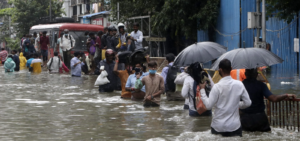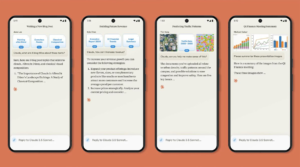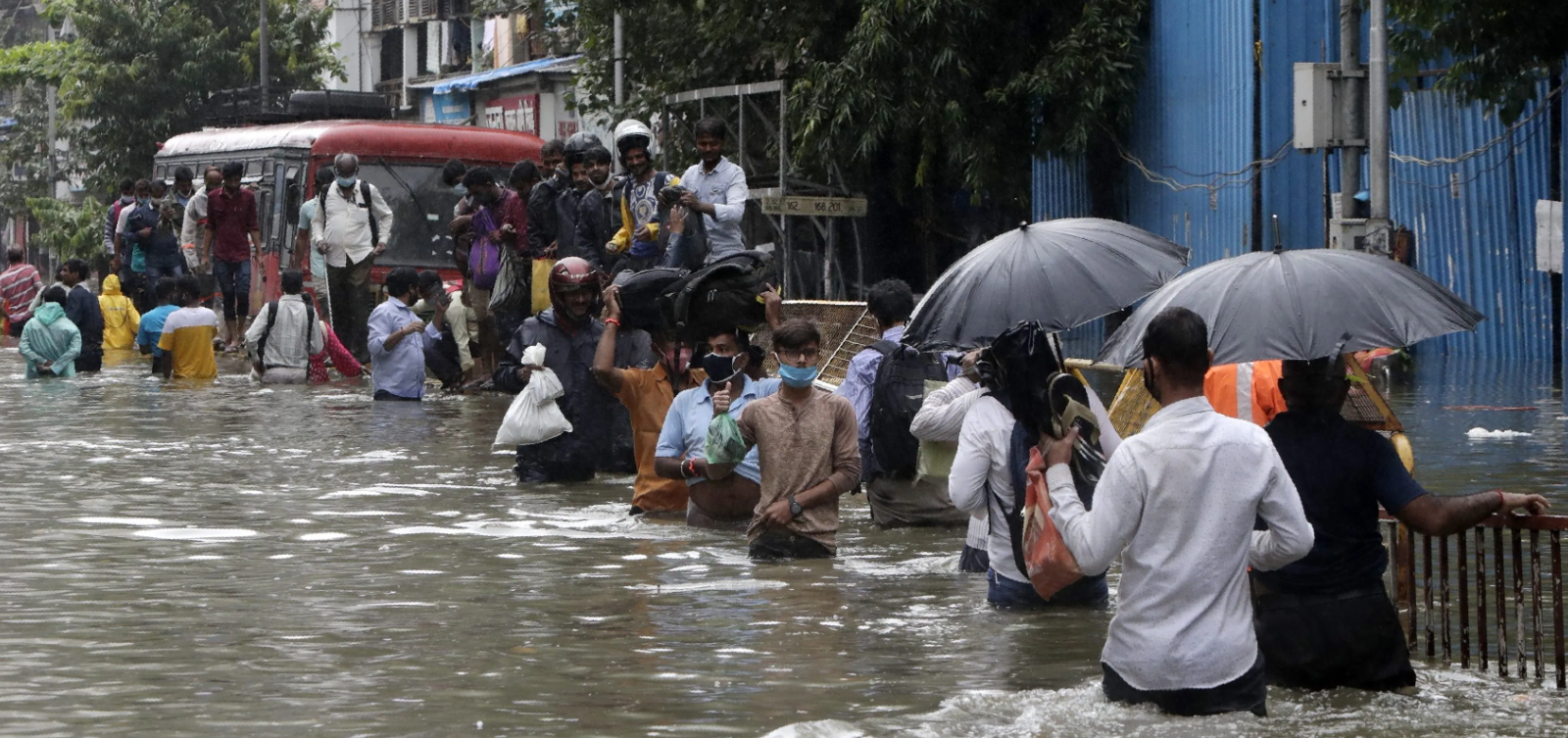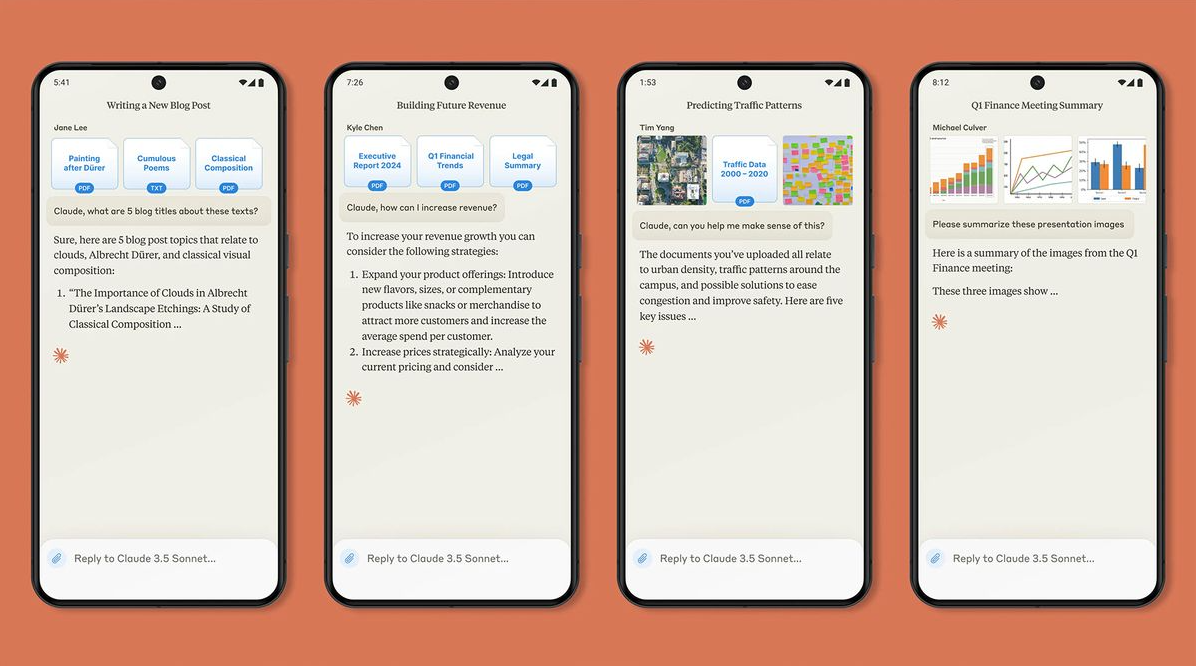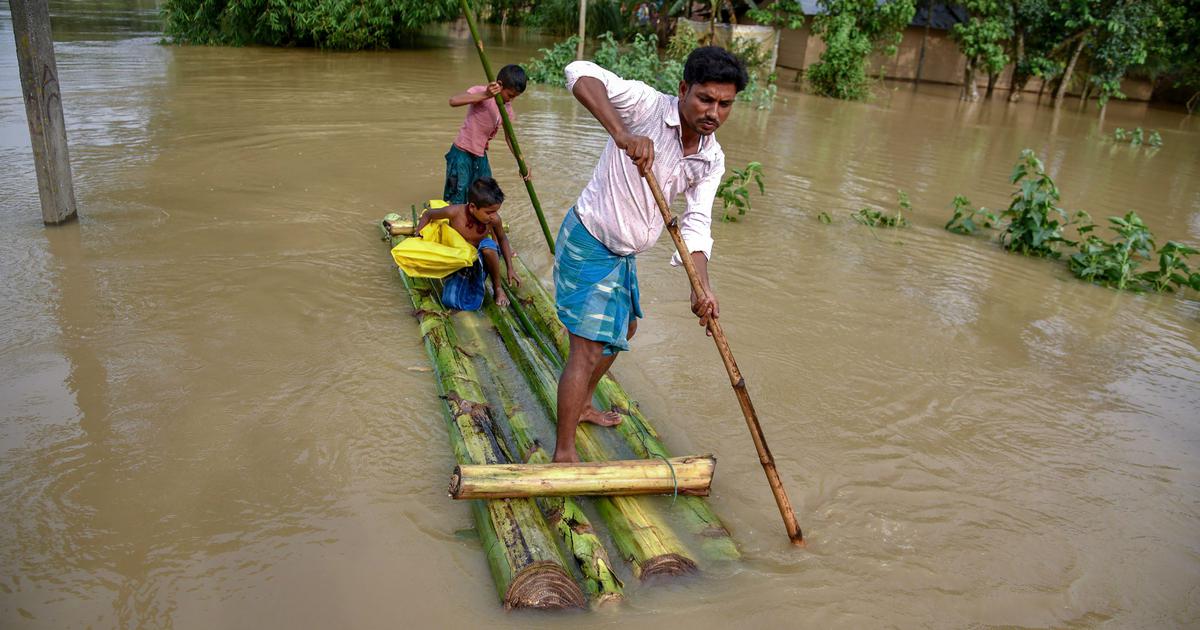The India Meteorological Department (IMD) has issued a red alert for parts of eastern and southern India, warning of severe heatwave conditions for the next five days. Gangetic West Bengal and Odisha are facing the highest risk, with a “very high likelihood” of heatstroke and heat illness.
The IMD has urged people in these regions to take extreme caution, particularly those vulnerable to the effects of extreme heat. This includes staying hydrated, avoiding strenuous activity during peak sun hours, and wearing loose, light-colored clothing.
Key Points:
- Red alert issued for Gangetic West Bengal and Odisha, indicating a very high risk of heatstroke and heat illness.
- Heatwave conditions expected to persist for five days across eastern and southern India.
- Isolated pockets in other states, including Bihar, Jharkhand, and parts of south India, are also likely to experience heatwave conditions.
- IMD advises caution, particularly for vulnerable populations.
Some areas may see a rise in temperatures by 2-3°C. Isolated rainfall is forecast for some parts of the country, but it is unlikely to provide significant relief from the heat.
According to Mrutyunjaya Mohapatra, director general of the IMD, such prolonged heatwave conditions are not unprecedented. Similar heatwaves occurred in 1998, 2005, and 2015. One contributing factor is the absence of an anti-cyclonic circulation over the Bay of Bengal.
As the heatwave persists, it’s crucial for residents to stay hydrated, avoid direct sun exposure, and take necessary precautions to prevent heat-related illnesses. The IMD’s red alert serves as a timely warning for everyone to prioritize their well-being during this scorching period.
Stay Safe During the Heatwave
- Drink plenty of fluids, even if you don’t feel thirsty.
- Avoid strenuous activity during the hottest part of the day.
- Wear loose, light-colored clothing and a hat.
- Take cool showers or baths to lower your body temperature.
- Never leave children or pets unattended in parked vehicles.
For the latest updates and specific regional forecasts, consult the IMD website or mobile app.



